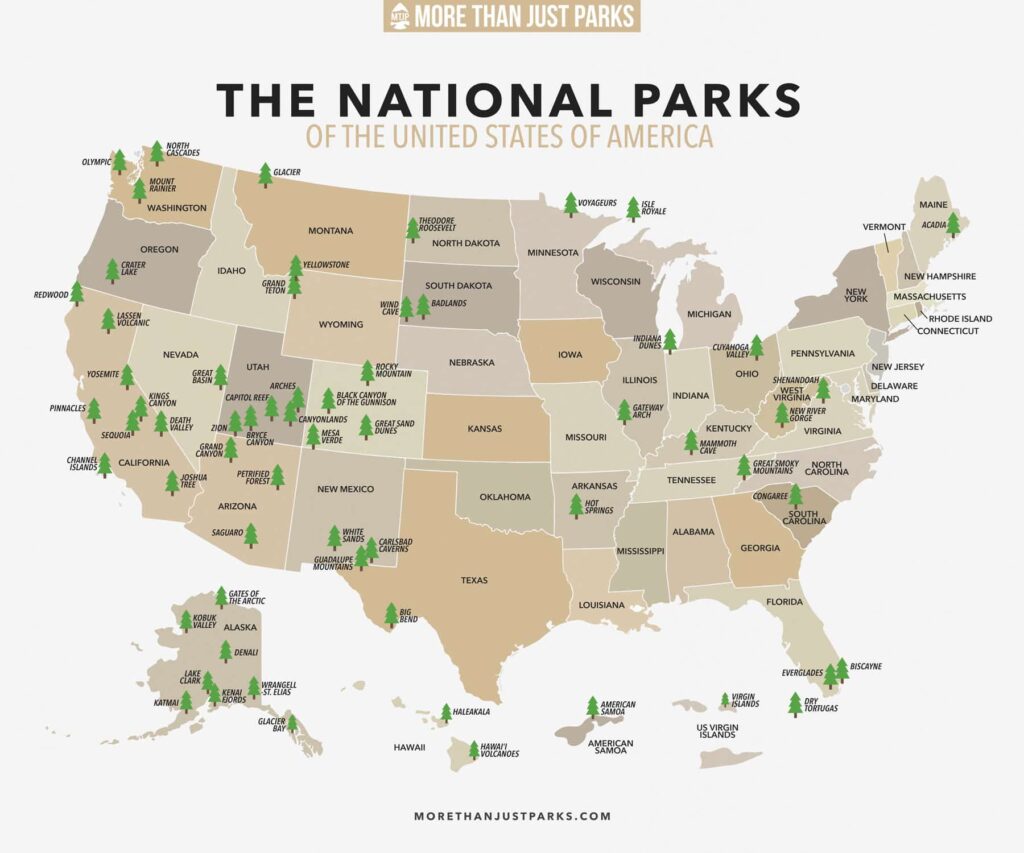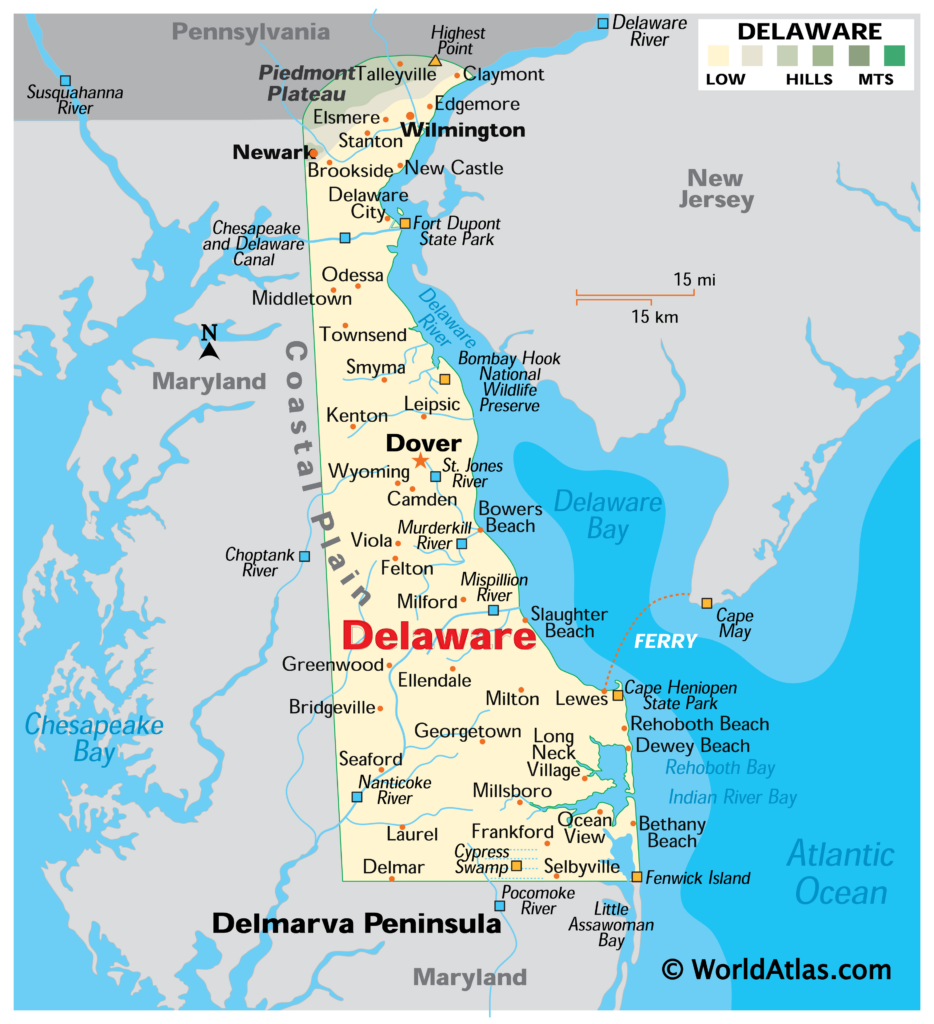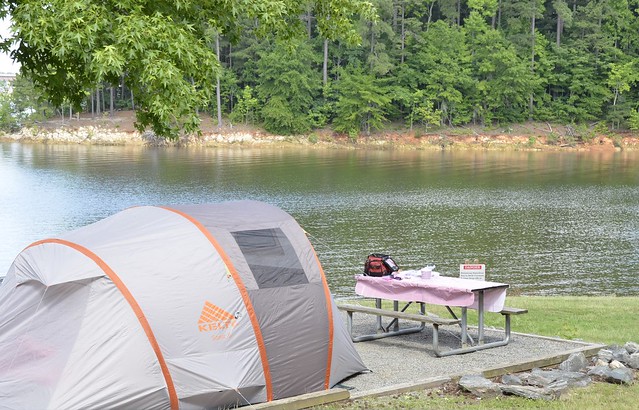Table of Contents
Introduction: Are there any states without a national park?
Are there any states without a national park? This question sparks curiosity among nature lovers and adventurers alike, prompting exploration into the vast expanse of America’s protected wilderness. From the rugged mountains of the West to the serene coastlines of the East, the national park system encompasses a diverse tapestry of landscapes and ecosystems. In this blog post, we embark on a journey to unravel the mysteries of America’s national park landscape, delving into the presence of these iconic natural treasures across the country and uncovering whether any states are devoid of their enchanting allure.
As guardians of America’s natural and cultural heritage, national parks serve as sanctuaries for wildlife, havens for outdoor recreation, and living classrooms for conservation and environmental stewardship. With over 63 designated national parks managed by the National Park Service, these protected areas offer visitors the opportunity to connect with nature, explore breathtaking landscapes, and immerse themselves in the stories of the past. From the iconic wonders of Yellowstone and Yosemite to the hidden gems of lesser-known parks, each site holds its own unique charm and significance, contributing to the rich tapestry of America’s natural heritage.
As we embark on this exploration of America’s national park landscape, we’ll delve into the numbers, mapping the presence of national parks across the United States and uncovering which states boast these iconic natural treasures within their borders. From the towering peaks of Denali National Park in Alaska to the sun-drenched shores of Dry Tortugas National Park in Florida, we’ll discover the breadth and diversity of America’s national park system and the role it plays in preserving our nation’s natural and cultural legacy for future generations to enjoy. So join us as we venture into the heart of America’s wilderness, where the spirit of adventure awaits around every corner and the wonders of nature never cease to amaze.
The Rich Tapestry of America’s National Parks:
America’s national parks form a rich tapestry of natural wonders, each with its own unique characteristics and attractions. With over 400 sites managed by the National Park Service, these protected areas encompass a wide range of landscapes, including mountains, deserts, forests, and coastlines. From the majestic vistas of Grand Canyon National Park to the ancient sequoia groves of Sequoia and Kings Canyon National Parks, visitors are treated to a wealth of awe-inspiring sights and experiences.
Within the national park system, there are also national monuments, historic sites, scenic rivers, and other designated areas that showcase the diverse heritage and natural beauty of the United States. From the historic battlefields of Gettysburg National Military Park to the tranquil waters of the Apostle Islands National Lakeshore, each site offers a unique glimpse into the nation’s past and present. Together, these protected areas form a network of conservation and preservation efforts aimed at safeguarding America’s natural and cultural heritage for future generations to enjoy.
Mapping America’s National Park Presence:
To gain a comprehensive understanding of the distribution of national parks across the United States, it’s essential to examine the numbers. As of the most recent data available, there are 63 designated national parks managed by the National Park Service. These parks are spread across 29 states and territories, showcasing the vast diversity of America’s landscapes and ecosystems.
Among these national parks, California boasts the highest number, with a total of 9 parks within its borders. Alaska follows closely behind, with 8 national parks offering unparalleled opportunities for wilderness exploration and wildlife viewing. Other states with multiple national parks include Utah and Colorado, each with 5 parks showcasing breathtaking natural wonders such as Arches National Park and Rocky Mountain National Park, respectively.
While many states are home to multiple national parks, there are indeed several states that do not have a designated national park within their boundaries. These states include Delaware, Iowa, Kansas, Maryland, and others. Despite the absence of a national park, these states still offer a wealth of natural beauty and outdoor recreation opportunities, ranging from state parks and forests to scenic byways and historic sites.
In addition to the designated national parks, the National Park Service also manages a diverse array of other protected areas, including national monuments, historic sites, scenic trails, and recreation areas. Together, these sites contribute to the preservation of America’s natural and cultural heritage and provide countless opportunities for visitors to connect with the great outdoors. Whether you’re exploring the rugged coastline of Acadia National Park or marveling at the geological wonders of Yellowstone, America’s national parks offer something for everyone to enjoy.

States Without National Parks:
While America’s national park system spans across numerous states, there are indeed a handful of states that do not boast a designated national park within their boundaries. Among these states are Delaware, Iowa, Kansas, Maryland, and others. Despite the absence of a national park, these states offer their own unique natural beauty, cultural heritage, and outdoor recreation opportunities for visitors to explore and enjoy.
Delaware, the first state to ratify the United States Constitution, may not have a national park, but it is home to scenic coastal areas, historic sites, and charming towns that showcase the state’s rich maritime history and colonial heritage. Visitors can explore places like Cape Henlopen State Park, known for its sandy beaches, hiking trails, and historic WWII military structures, or wander through the picturesque streets of historic New Castle, where centuries-old buildings and cobblestone streets evoke a sense of nostalgia.
Similarly, Iowa may not have a national park, but it offers a wealth of natural beauty and outdoor recreation opportunities for visitors to discover. From the rolling hills and scenic byways of the Loess Hills to the tranquil waters of the Mississippi River, Iowa’s diverse landscapes provide a picturesque backdrop for hiking, biking, fishing, and birdwatching. Additionally, the state is home to cultural attractions such as the Amana Colonies, a collection of historic villages that offer a glimpse into Iowa’s German heritage and communal way of life.
Kansas, known for its vast prairies and expansive skies, may not have a national park, but it is brimming with natural wonders and historic landmarks waiting to be explored. Visitors can witness the beauty of the Flint Hills, a region of tallgrass prairie that stretches across the state, or marvel at the geological formations of the Kansas Badlands in the Smoky Hills region. Additionally, the state is home to attractions such as the Tallgrass Prairie National Preserve, a partnership between the National Park Service and The Nature Conservancy, which protects one of the last remaining tallgrass prairie ecosystems in the world.
Maryland, despite its small size, offers a diverse array of landscapes and cultural attractions for visitors to enjoy. From the scenic beauty of the Chesapeake Bay and its surrounding wetlands to the historic charm of cities like Annapolis and Baltimore, the state is brimming with opportunities for outdoor adventure, cultural exploration, and historical discovery. Visitors can explore places like Assateague Island National Seashore, known for its pristine beaches, wild ponies, and diverse wildlife, or wander through the cobblestone streets of historic towns like St. Michaels, where colonial-era architecture and maritime heritage abound.
In conclusion, while these states may not have a designated national park, they offer a wealth of natural beauty, cultural heritage, and outdoor recreation opportunities for visitors to explore and enjoy. Whether you’re hiking through the rolling hills of Iowa, exploring the coastal beauty of Delaware, marveling at the geological wonders of Kansas, or immersing yourself in the rich history of Maryland, there’s no shortage of adventures to be had in these states without national parks. So pack your bags, hit the road, and discover the hidden gems that await beyond the boundaries of America’s national parks.

Exploring Alternatives:
Although certain states may lack a national park, this does not mean that they lack opportunities for outdoor adventure and exploration. Many states without national parks are home to state parks, national forests, wildlife refuges, and other protected areas that offer stunning scenery, recreational activities, and opportunities to connect with nature. From the rugged coastline of Maine’s Acadia National Park to the lush forests of Michigan’s Upper Peninsula, there are countless destinations waiting to be discovered beyond the boundaries of America’s national parks.

As we conclude our exploration of America’s national park landscape and the presence of national parks across the country, we are reminded of the incredible diversity and beauty that defines our nation’s natural heritage. From the towering peaks of Denali in Alaska to the sun-drenched shores of the Florida Keys, each national park offers a unique and unforgettable experience for visitors to enjoy.
While some states may lack a designated national park within their borders, our journey has shown that there is no shortage of natural beauty, outdoor adventure, and cultural heritage to be found across the United States. From state parks and national forests to scenic byways and historic sites, every corner of the country offers its own unique attractions and opportunities for exploration.
As guardians of America’s natural and cultural heritage, it is our responsibility to cherish and protect these precious landscapes for future generations to enjoy. Whether you’re hiking through the red rock canyons of Utah’s national parks or stargazing beneath the dark skies of Montana’s wilderness areas, let us remember the importance of conservation and preservation in safeguarding the beauty and wonder of our nation’s natural landscapes.
So as you plan your next outdoor adventure or embark on a journey of discovery, remember to explore beyond the boundaries of America’s national parks and discover the hidden gems that await in every corner of our great nation. Whether you’re exploring the rugged coastlines of Maine, the sweeping plains of the Midwest, or the majestic mountains of the West, may your travels be filled with awe, wonder, and a deep appreciation for the natural world around us.
For More Information on America’s National Parks – Check This Link!
NPS.gov Homepage (U.S. National Park Service)


